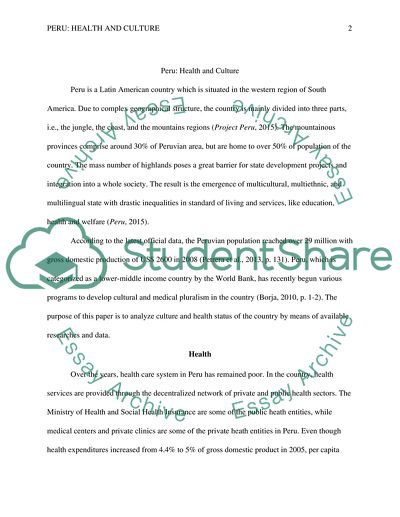Cite this document
(“PERU: Country's culture and health as it relates to GLOBAL HEALTH Essay”, n.d.)
PERU: Country's culture and health as it relates to GLOBAL HEALTH Essay. Retrieved from https://studentshare.org/health-sciences-medicine/1695451-peru-countrys-culture-and-health-as-it-relates-to-global-health
PERU: Country's culture and health as it relates to GLOBAL HEALTH Essay. Retrieved from https://studentshare.org/health-sciences-medicine/1695451-peru-countrys-culture-and-health-as-it-relates-to-global-health
(PERU: Country'S Culture and Health As It Relates to GLOBAL HEALTH Essay)
PERU: Country'S Culture and Health As It Relates to GLOBAL HEALTH Essay. https://studentshare.org/health-sciences-medicine/1695451-peru-countrys-culture-and-health-as-it-relates-to-global-health.
PERU: Country'S Culture and Health As It Relates to GLOBAL HEALTH Essay. https://studentshare.org/health-sciences-medicine/1695451-peru-countrys-culture-and-health-as-it-relates-to-global-health.
“PERU: Country'S Culture and Health As It Relates to GLOBAL HEALTH Essay”, n.d. https://studentshare.org/health-sciences-medicine/1695451-peru-countrys-culture-and-health-as-it-relates-to-global-health.


